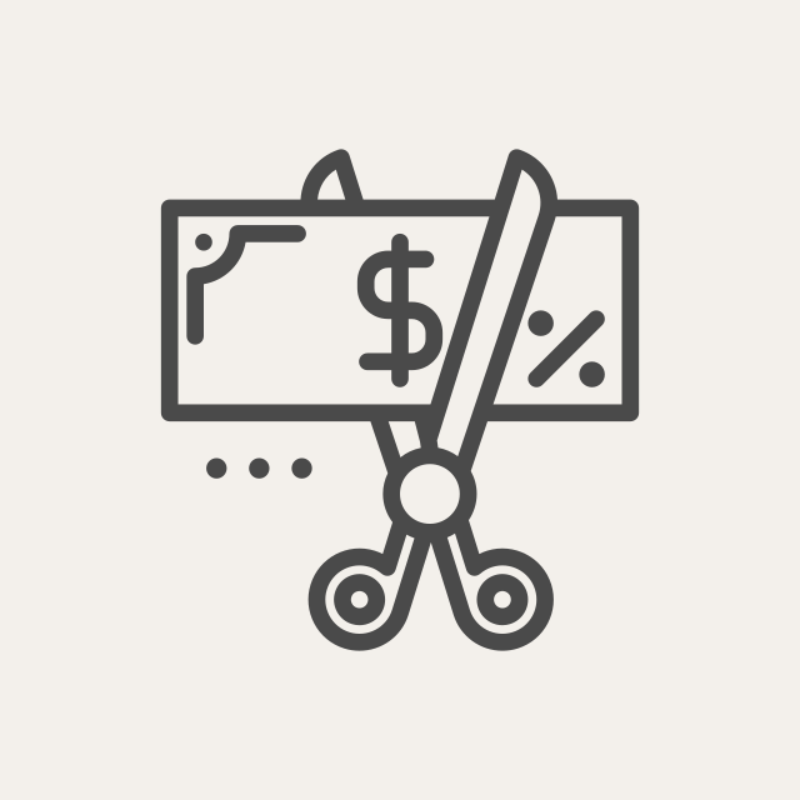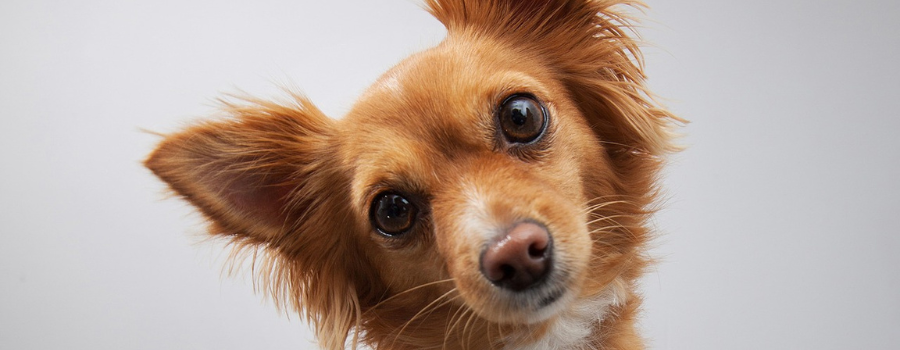Canines to tear, molars and premolars to crush: dog chewing is an activity which, besides being useful for nourishment, is satisfying and relaxing. Puppies (from the first two or three weeks of life up to about six months) tend to bite and chew in order to alleviate discomfort and pain resulting from the growth of teeth. This is the reason why during this period the owner may find some object destroyed by biting.
Adult dogs have a real need to chew for their psycho-physical well-being and through this activity the animal discovers, tastes and experiences the world around him. The stress level is lowered, and consequently the well-being improves, thanks to the fact that when the dog chews, endorphins are released allowing the puppy to reach calm, serenity and peace.
For these reasons it is fundamental that - regardless of breed, size, age and sex - this activity is practiced by the dog every day. Many subjects acquire a total awareness of their mouth through chewing which should not only be allowed but also stimulated by the owner from the very first phases of his life. Consequently, it is a mistake to remove objects from the puppies' mouth because it would prevent them from having the right formative experiences.
If this activity is not allowed, the consequences can be unpleasant: not finding objects or food that meet its needs, the puppy may destroy shoes, slippers or household objects. Moreover, he could manifest other behavioral problems.
How to favour the dog's chewing
In order to avoid confusing our friend and to guide him towards a selective chewing it is necessary to provide him with objects suitable for him which have the right characteristics of palatability, consistency and type of material. Chewing should be encouraged, but not indiscriminately.It is a good idea to give puppies palatable food that is not too hard, such as dried meat or other treats specially designed for them. The hardness and density, which influence the duration of the dog's chewing, should not be excessive in this first period, in order to avoid that the puppy has difficulty and reacts with the renunciation of the activity and the consequent frustration. As the dog gets older, instead, these two characteristics will have to increase in intensity.
On the market there are snacks, foods and toys specially designed to stimulate chewing, such as the PAKYPET™ toy toothbrush, perfect for this. Do not allow your puppy to eat bones that can break into sharp splinters or other foodstuffs that are dangerous for him, or objects not specifically designed for this purpose that can break and be swallowed.
The shape, size and consistency must be suitable for our dog's mouth (not too big to make biting possible, not too small to avoid being swallowed), and the material must be harmless or even healthy for the puppy: as far as toys are concerned, they must be made of non-toxic materials, or you can use deer antlers or yak milk which, besides stimulating chewing, provide calcium and proteins.










